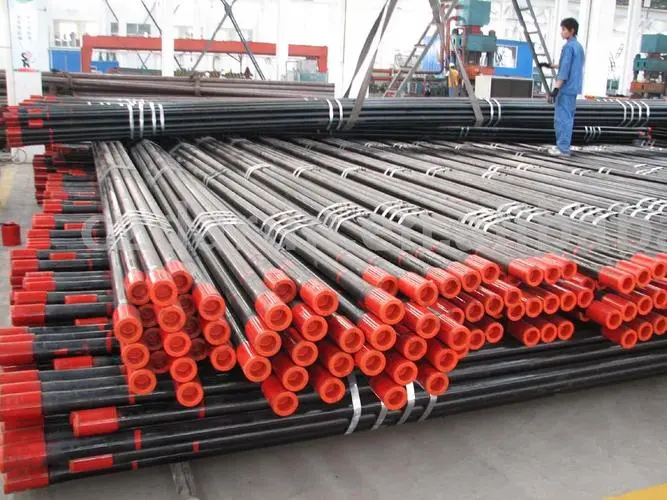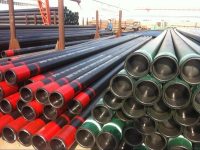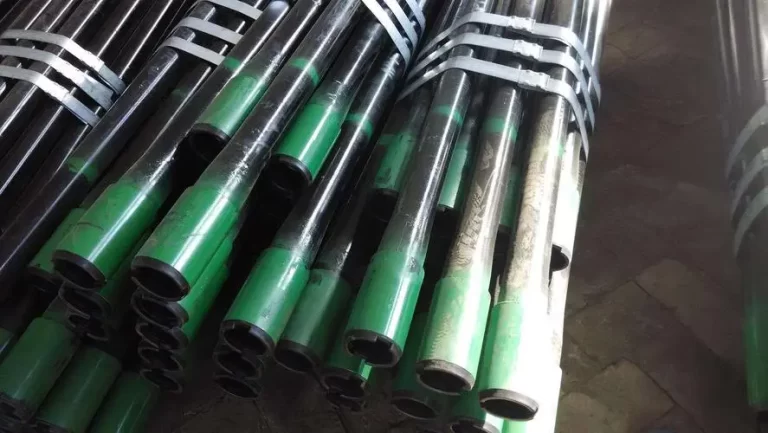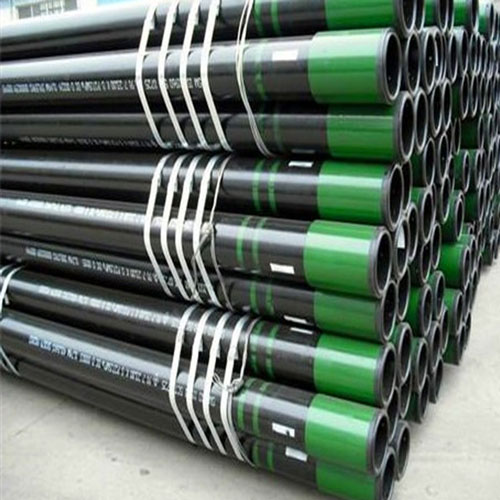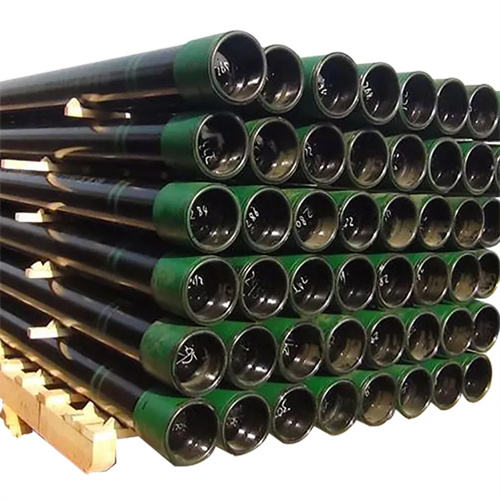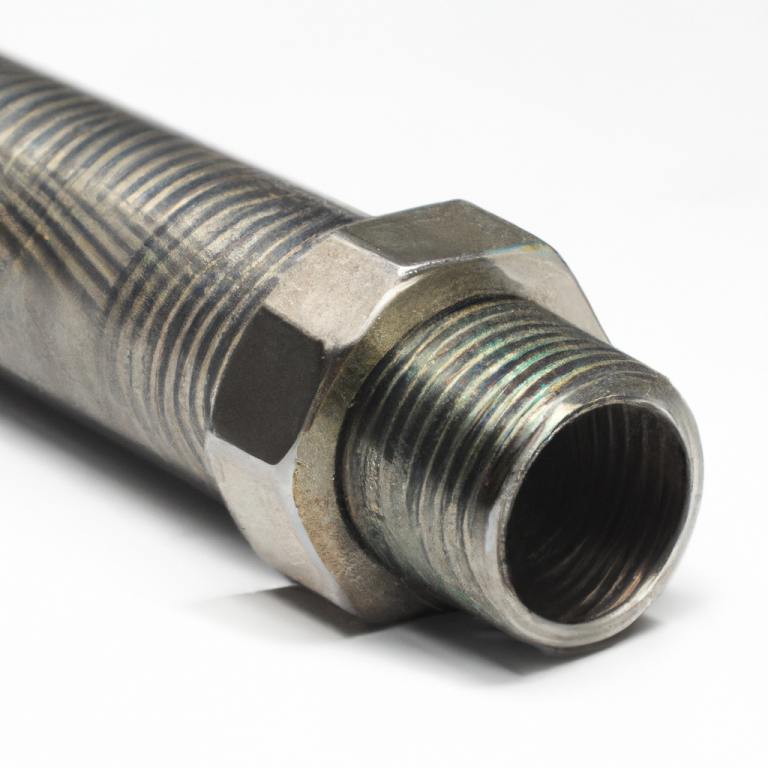An Overview of Oil Pipes: What They Are and How They Work
Oil pipes are an essential part of the oil and gas industry. They are used to transport oil and gas from the source to the end user. Oil pipes come in a variety of sizes and materials, and they are designed to meet the specific needs of the oil and gas industry. In this article, we will take a look at what oil pipes are, how they work, and the different types of oil pipes available.
Oil pipes are typically made from steel, but they can also be made from other materials such as plastic or rubber. Steel pipes are the most common type of oil pipe, as they are strong and durable. Steel pipes are also resistant to corrosion, which makes them ideal for transporting oil and gas.
Oil pipes are designed to transport oil and gas from the source to the end user. The pipes are designed to withstand the pressure of the oil and gas, as well as the temperature and other environmental conditions. The pipes are also designed to be leak-proof, so that the oil and gas can be transported safely and securely.
Oil pipes come in a variety of sizes and materials, depending on the needs of the oil and gas industry. The most common types of oil pipes are seamless pipes, welded pipes, and threaded pipes. Seamless pipes are the most common type of oil pipe, as they are strong and durable. Welded pipes are also strong and durable, but they are more expensive than seamless pipes. Threaded pipes are the least expensive type of oil pipe, but they are not as strong or durable as the other types.
Oil pipes are an essential part of the oil and gas industry. They are designed to transport oil and gas from the source to the end user, and they come in a variety of sizes and materials. Understanding the different types of oil pipes and how they work can help you make the best decision for your needs.
